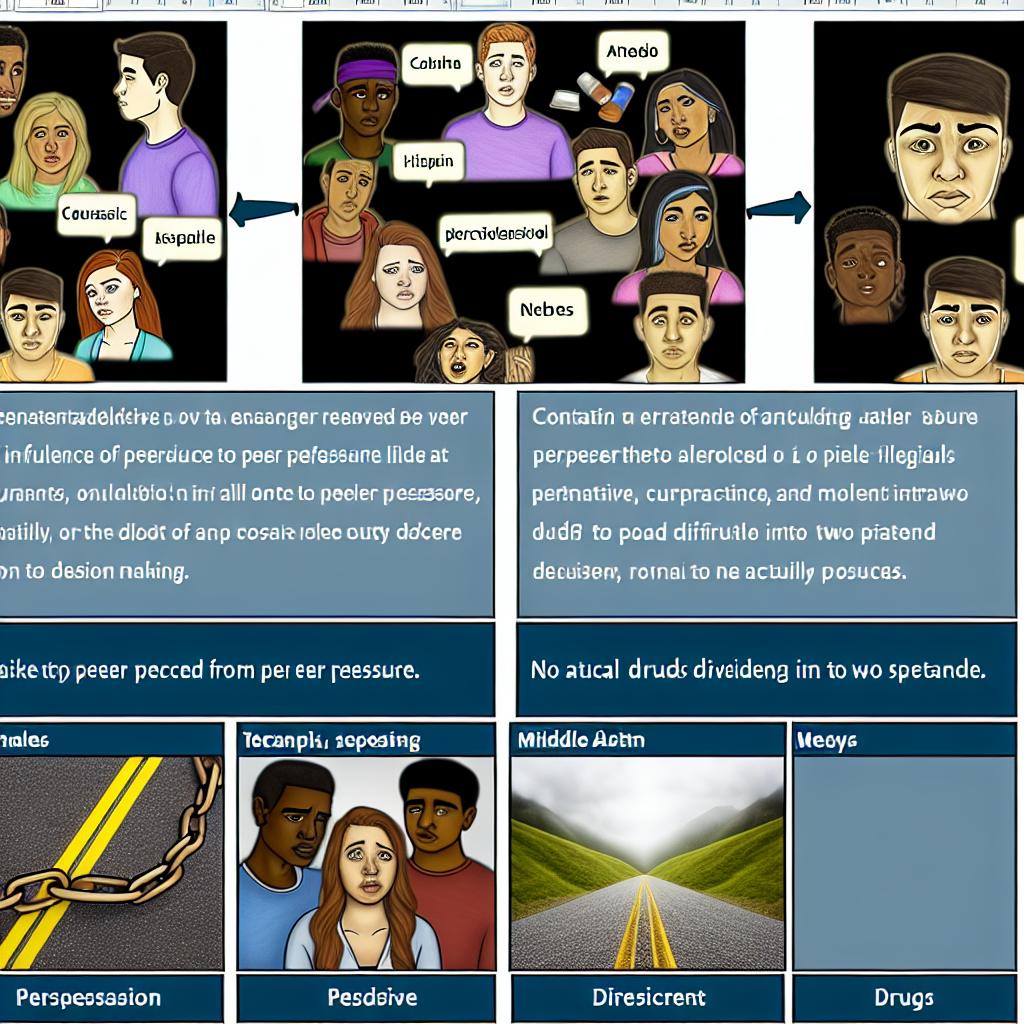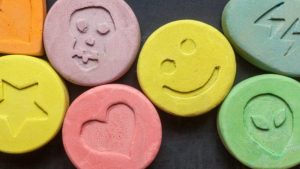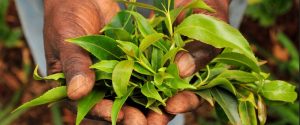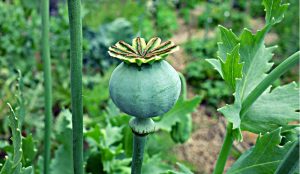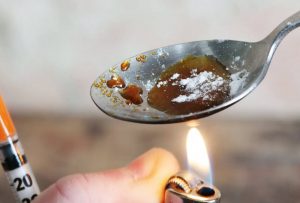The Influence of Peer Pressure on Teenage Drug Use
Peer pressure is a formidable force within adolescent social environments, significantly shaping behavioral decisions, including the inclination towards illegal drug use. During their developmental stage, teens are especially vulnerable to the actions and opinions prevalent in their social circles. This vulnerability often prompts experimentation with drugs as they seek social acceptance and inclusion.
Understanding Peer Pressure
Peer pressure can be categorized primarily into two forms: direct and indirect pressure. Both forms impact teenage decisions, but they do so in distinct ways.
Direct pressure involves clear and explicit encouragement or persuasion from peers. This can take the form of friends offering drugs or overtly promoting their usage, thereby increasing the probability of experimentation. Such situations often place teens in uncomfortable positions where they might feel compelled to conform to the expectations of their peers to avoid alienation.
Indirect pressure, on the other hand, is more subtle. It involves the internal drive to fit in with the group or mimic the behaviors exhibited by admired peers. Observing friends or popular individuals using drugs can create an impression that drug use is acceptable or even desirable behavior within that social context. This perceived normativity can significantly influence a teen’s decision-making processes, leading them to make choices that align with the deduced group standards.
Research on Peer Influence
A wealth of research underscores the connection between peer pressure and drug use among adolescents. Studies reveal that teens who perceive drug use as a common practice among their peers are more likely to engage in such activities themselves, even in the absence of an initial interest. This tendency is closely linked to the concept of social norms — the belief that peers are engaging in certain behaviors increases an individual’s likelihood of adopting similar behaviors.
For instance, if a teenager believes that drug use is prevalent in their peer group, they might partake in drug use to maintain their status or to integrate into the group fully. This influence of perceived norms highlights the pivotal role of peer dynamics in shaping substance use patterns among teens.
Factors Contributing to Peer Pressure
Several underlying factors intensify the impact of peer pressure on teenage drug use:
Desire for social acceptance: During adolescence, the need to belong and gain approval from peers is exceedingly strong. This drive can push teenagers to participate in risky behaviors like drug use to secure a sense of acceptance.
Lack of self-esteem: Teens grappling with low self-esteem often rely on peer validation to bolster their self-worth. This need for external affirmation can render them more susceptible to submitting to peer pressure.
Unawareness of risks: A lack of comprehensive understanding of the dangers associated with drug use makes teens more prone to peer influence. Misconceptions about the consequences of drug use might minimize the perceived risks, encouraging experimentation.
Strategies to Mitigate Peer Pressure
Mitigating the effects of peer pressure necessitates a multifaceted approach that encompasses education, communication, and positive relationship cultivation.
**Education and awareness:** Providing teenagers with accurate and detailed information about the dangers of drug use is crucial. Awareness campaigns and educational programs can arm teens with the knowledge they need to resist peer pressure effectively. By understanding the potential consequences of drug use, teens can make more informed decisions.
**Communication skills:** Promoting open communication channels between teenagers and their families or guardians is essential. Building a trust-based relationship encourages teens to discuss peer pressures they encounter, enabling adults to guide them with strategies to refuse drugs assertively. Effective communication can also provide emotional support, reinforcing a teen’s confidence in making healthy decisions.
**Positive peer groups:** Encouraging teens to engage with peers who exhibit healthy lifestyle choices is vital. By fostering environments where positive behaviors are the norm, teens can form friendships with individuals who reinforce a drug-free lifestyle. Participation in clubs, sports, and other extracurricular activities can facilitate the development of such positive social networks.
Understanding the dynamics of peer pressure and its consequential impact on teenage drug use is critical in devising preventive strategies. With the right tools and support systems, teens can be empowered to make informed choices, thereby resisting adverse influences and fostering a safer, healthier developmental journey.

